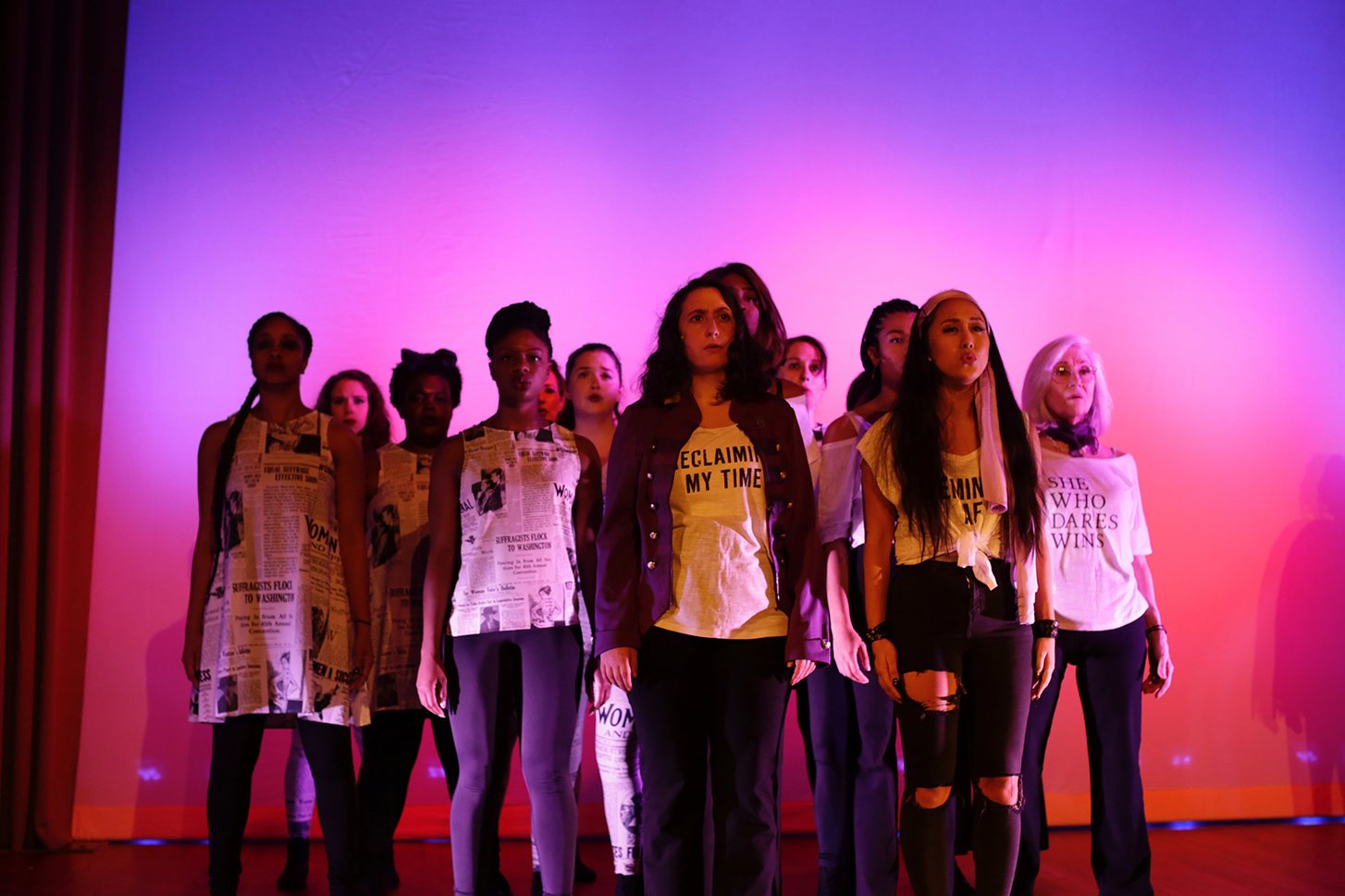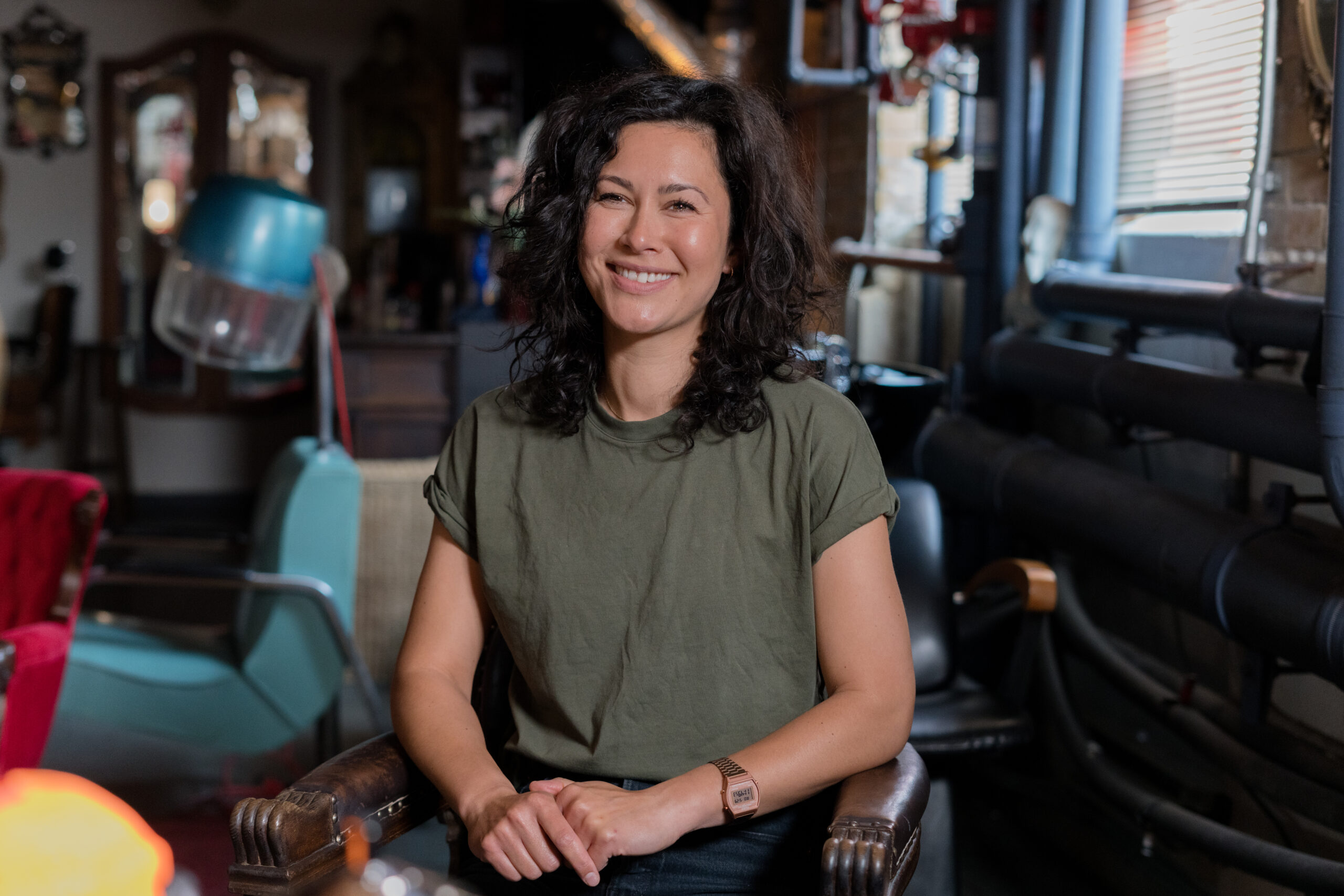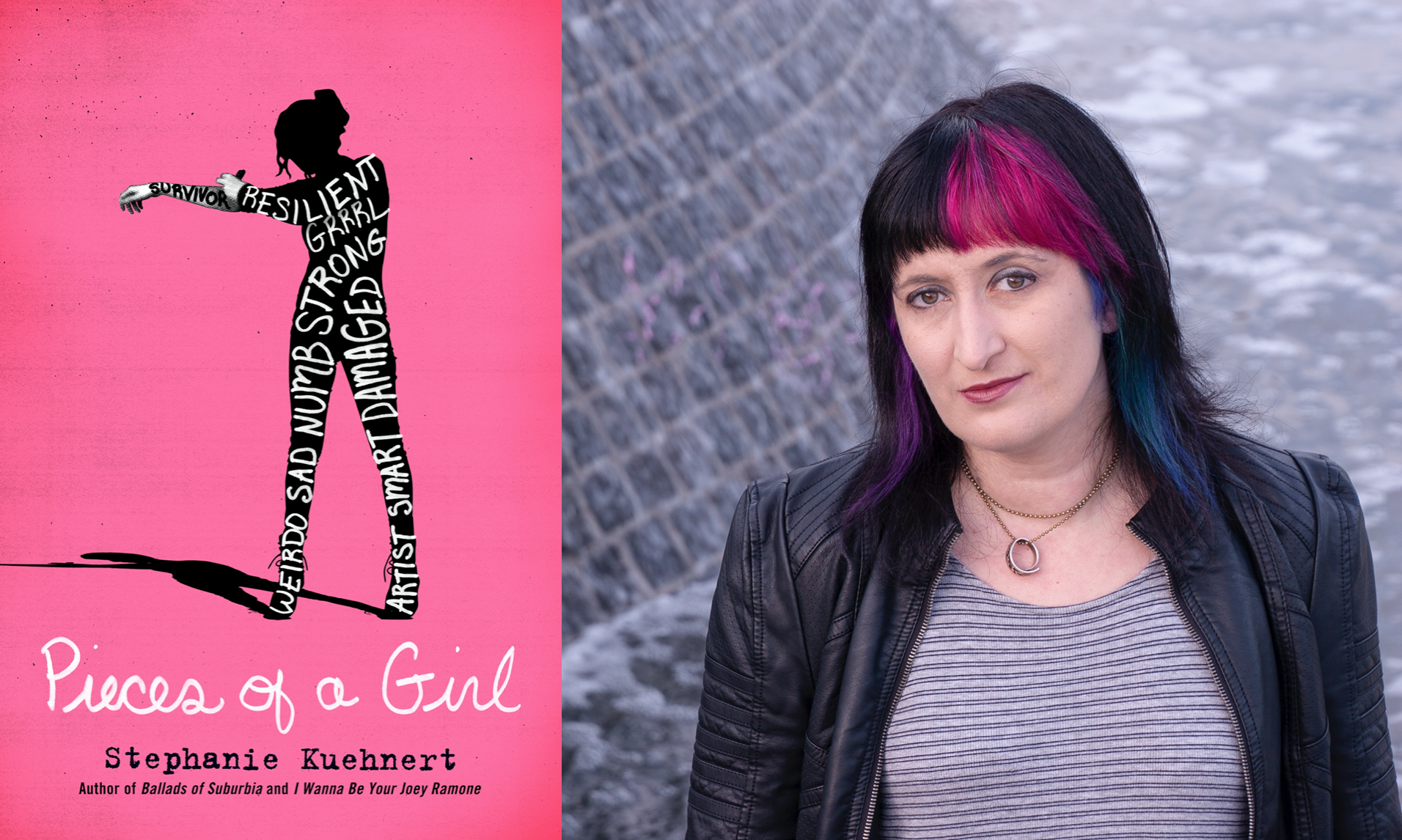
We love feminist magazines! There have been a number of fledgling publications we have drawn attention to around the world and will continue to do so, as they are becoming a great place to amplify voices and messages that aren’t normally given room in mainstream media, or even in larger feminist spaces.
There are plenty of major women’s magazines like Elle, Cosmopolitan and Teen Vogue which are infusing more feminism, politics and social issues into their content, which is important for such big platforms to do. But there is something to be said about the increase in publications specifically dedicated to widening the definition of modern feminism by sharing the voices of women who are sometimes pushed out in favor of more mainstream messages.
We recent discovered Yiara Magazine based out of Montreal, Canada, run by a group of students at Concordia University. Yiara is a non-profit organization focused on feminist art, and which also aims to amplify the voices of marginalized women.
Yiara was started 4 years ago and today has a staff of 14 people, a dedicated readership, and constant influx of submissions. Amelia Wong-Mersereau is the editor-in-chief told The Link online newspaper in Canada about their focus to be inclusive of the voices left out of mainstream feminist discussions while also offering a wider perspective on the history of women through the lens of art.

“I care a lot about what stories get told. You see a lot on Instagram and online, but you also start to get tired of seeing the same things,” she said, adding they want Yiara to help move the current version of feminism away from the outdated notion of a movement based on the views of only white, middle-aged women. And with the increased focus on intersectionality and the knowledge that feminism for black women (for instance) is a whole different set of struggles than that of a white woman, it seems magazines like Yiara are not just a fringe voice but an integral part of where many of us hope to see feminism heading more toward.
“We all decided together that we weren’t just going to be passive and publish things that looked nice. We actively want to be thinking, ‘Has this story been told before, and who have we not heard from who doesn’t necessarily get published?’” she explained.
Articles about race, religion, social classes and culture feature heavily in their content in a way that enables the reader to think critically about a subject that perhaps a Cosmo article doesn’t necessarily allow for. The fact that feminism is so varied and nuanced, while not always being a cohesive movement, is something that Amelia and her team want to see more exposure of, in a way that prompts progressive discussion.

“Feminism is a discussion, right? It’s not a fixed definition, and because it’s a discussion, it doesn’t mean that it’s always going to be cohesive. There’s going to be conflicting parts to it, and were okay with having text that doesn’t necessarily work with another image,” she said.
Amelia said she and her team want to expand beyond just reaching feminist readers and hope that their foundation of presenting feminism through art will be a way to include more people.
“There’s so many things that get in the way of people picking up a magazine that is feminist or calling themselves feminist, but at the end of the day, feminism is a conversation that is open to all and is inclusive to everyone,” she stated.

She makes a very important point regarding not just “preaching to the choir”, so to speak. We’ve seen how magazines such as Riveter Magazine in the US (playing off the moniker of feminist icon Rosie the Riveter) which focus on long-form critical discussions about current feminist topics, Hannah magazine which is specifically geared toward sharing stories and articles about women of color, Magnify Magazine based out of London which brings together the intersection of faith and feminism, and Riposte Magazine which was created to be the anti-celebrity publication featuring women doing badass things in the world, are just a few titles who are pushing back against mainstream publications and creating a voice in media that is often ignored.
Perhaps it is incumbent upon us to focus less on forcing major magazines and media outlets to include the issues we want to see more of, and use the very readily available resources (many of which are free!) to create platforms for our own communities.
If you are interested in seeing more of what Yiara Magazine are doing, check out their website, Facebook page, an online reader featuring content not included in print editions.

















